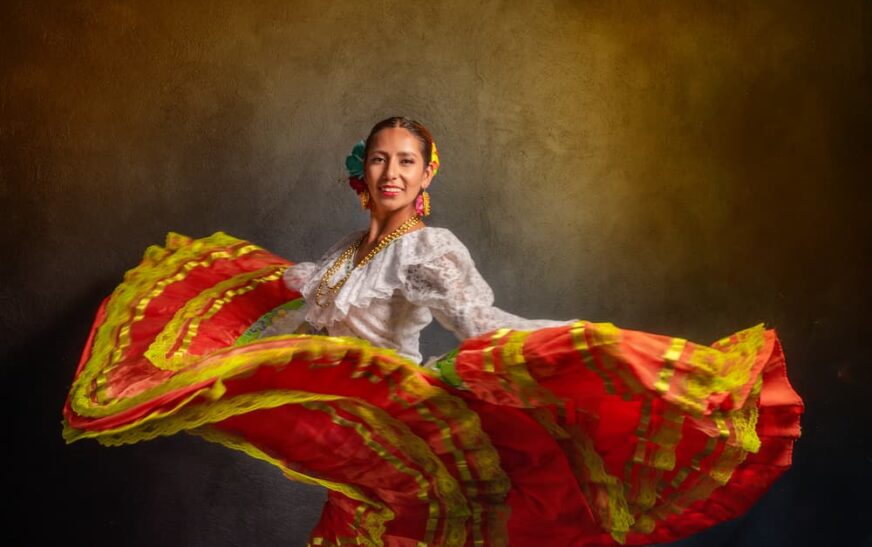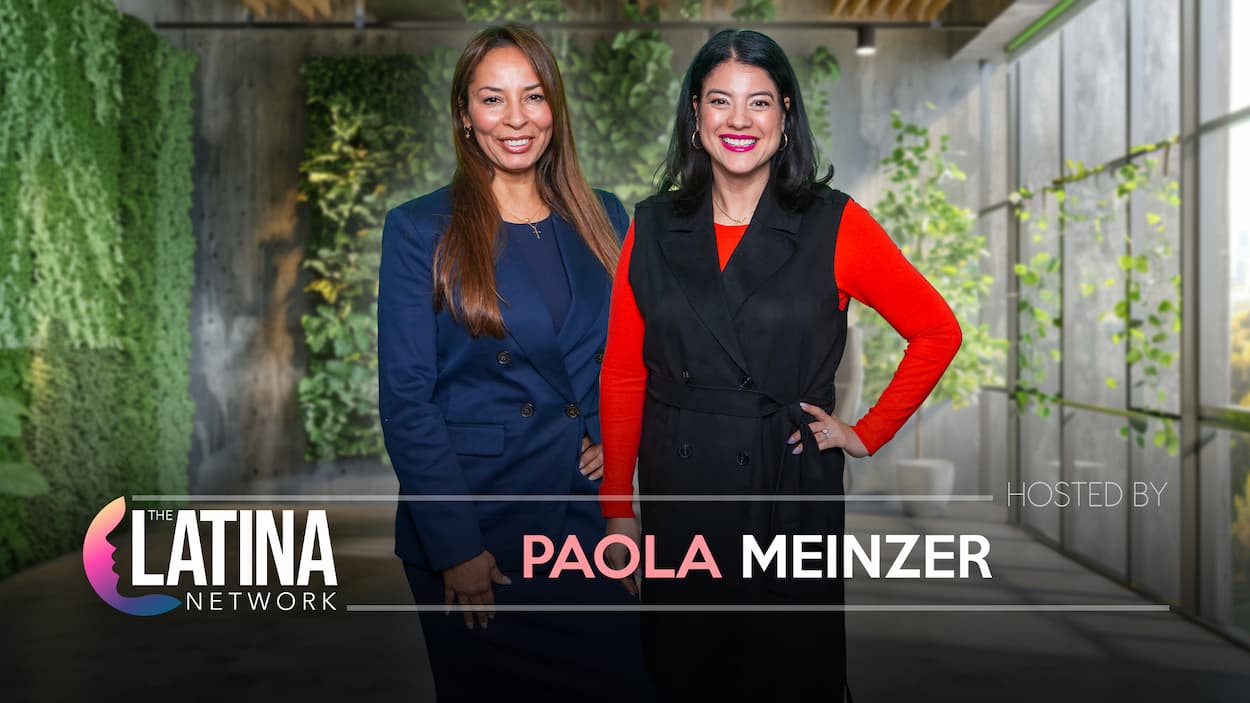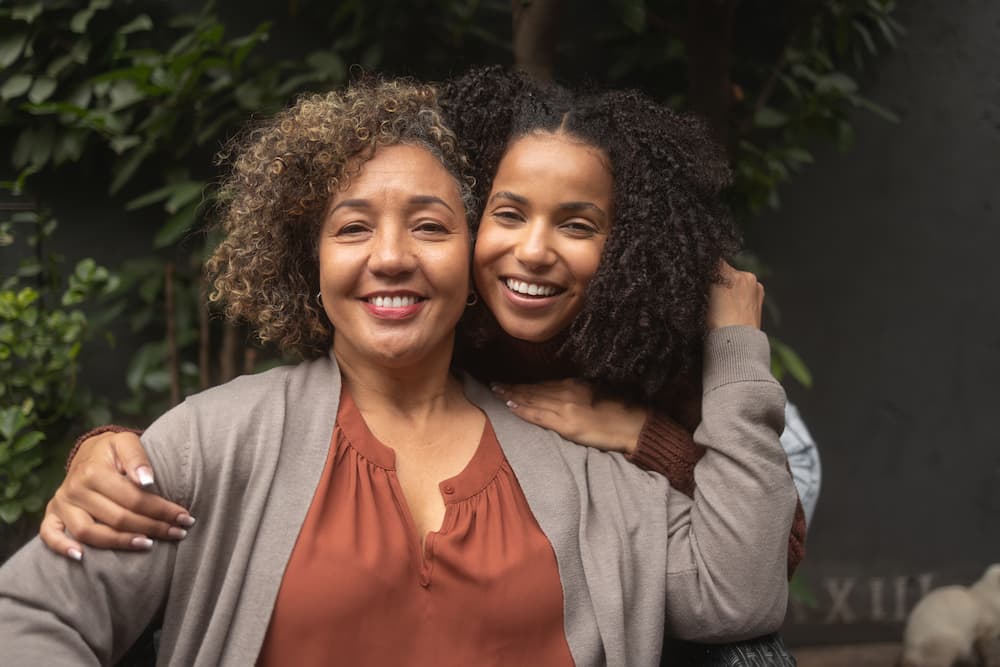The history of Latinas in the United States is a history of negotiation—between languages, traditions, and the unrelenting weight of assimilation. Each generation has carried forward pieces of identity while leaving others behind, sometimes by choice, often by pressure. At stake in this balance is more than nostalgia. Culture is not decoration; it is survival, continuity, and power. The challenge for Latinas today is not simply how to succeed in modern America, but how to do so without erasing the inheritance that gives that success meaning.
The pressure to assimilate is subtle but constant. It surfaces when a hiring manager suggests shortening a name on a résumé. It emerges in classrooms where Spanish is corrected into silence. It lingers in the hesitancy to take time off for Día de los Muertos or Three Kings’ Day when workplaces only recognize Christmas. Assimilation becomes the price of acceptance. And yet, assimilation is never neutral—it asks Latinas to trade away language, memory, and even family ties in exchange for a conditional belonging.

Scholars of bicultural identity confirm what generations have felt: those who remain tied to heritage exhibit higher resilience and stronger self-esteem than those who sever it. A Pew Research Center study found that while second-generation Latinos are more likely to speak English fluently, they overwhelmingly want their children to preserve Spanish. The instinct is not just cultural pride; it is psychological anchoring. To lose language is to lose a key to memory. To lose traditions is to sever continuity. Without them, belonging becomes brittle.
Culture lives most vividly in the ordinary. A pot of caldo simmering on a Sunday afternoon. A lullaby sung in Spanish at bedtime. The rhythms of salsa or norteño played in the kitchen. These acts may feel small, but they transmit values across generations in ways institutions never can. Preserving them requires intention. In families where assimilation pressures are strongest, even one weekly practice—reading in Spanish, celebrating a cultural holiday, cooking ancestral food—can carry the weight of identity forward.
But preservation cannot happen alone. Community is the vessel that keeps culture alive under pressure. Across the country, Latina-led organizations, cultural centers, and bilingual churches serve as sanctuaries where heritage is not explained but embodied. A community festival in Los Angeles, a bilingual church service in Chicago, or a mentorship network in New York provides more than celebration; it affirms that identity is not fragile, but collective.

The digital era has widened these circles. Latinas gather in WhatsApp groups trading family recipes, in Slack channels of Latina professionals sharing job leads, in TikTok communities teaching Spanish slang or Indigenous dances. In these spaces, heritage does not only survive—it evolves. Technology, often blamed for flattening culture, becomes a tool of preservation when wielded intentionally.
Yet the challenge is not only cultural, it is structural. Institutions too often treat cultural preservation as optional. Public schools cut bilingual programs, universities underfund Latino studies, and employers fail to respect non-Christian holidays. These erasures are not minor; they send the message that certain cultures are secondary, that assimilation is the only path to legitimacy. Preserving culture requires systemic change: schools that embrace dual-language education, workplaces that recognize cultural holidays, policymakers who protect immigrant rights as cultural rights.
Still, the most powerful work happens at the individual level—through boundaries. Preserving culture means refusing to let assimilation define identity. It is the decision to pronounce your name correctly even if others stumble, to bring tamales to the office potluck instead of defaulting to something “safe,” to speak Spanish in public without apology. These are not trivial choices; they are acts of resistance. Every boundary sends the message: assimilation is not the cost of participation.

For Latinas, preservation is not about freezing culture in amber. It is about weaving heritage into daily life so it remains alive, relevant, and strong. Modern success does not betray cultural authenticity—it carries it into new spaces. A Latina surgeon bringing Spanish into her patient care, a Latina engineer mentoring first-gen coders, a Latina entrepreneur embedding cultural design into her products—each of these proves that assimilation is not necessary for excellence.
The future will demand this balance more than ever. Latinas are the fastest-growing segment of the U.S. workforce and electorate. The choices made now—about language, about traditions, about visibility—will shape what Latina identity looks like for generations to come. The danger is not that assimilation will erase everything overnight. The danger is the slow, quiet erosion of culture until heritage becomes a set of museum artifacts instead of a living, breathing force.
Preserving culture without losing yourself is not an easy task. It requires intention in families, investment in communities, and courage in individuals. But it is also a gift: to children who will know their roots, to ancestors whose sacrifices are honored, and to a nation that desperately needs the richness Latinas bring. Assimilation may shape context, but authenticity preserves essence. And essence, carried forward, is what makes leadership not only possible but powerful.
Latinas do not have to choose between heritage and belonging. We are proving, every day, that true belonging comes when we refuse to lose ourselves.











